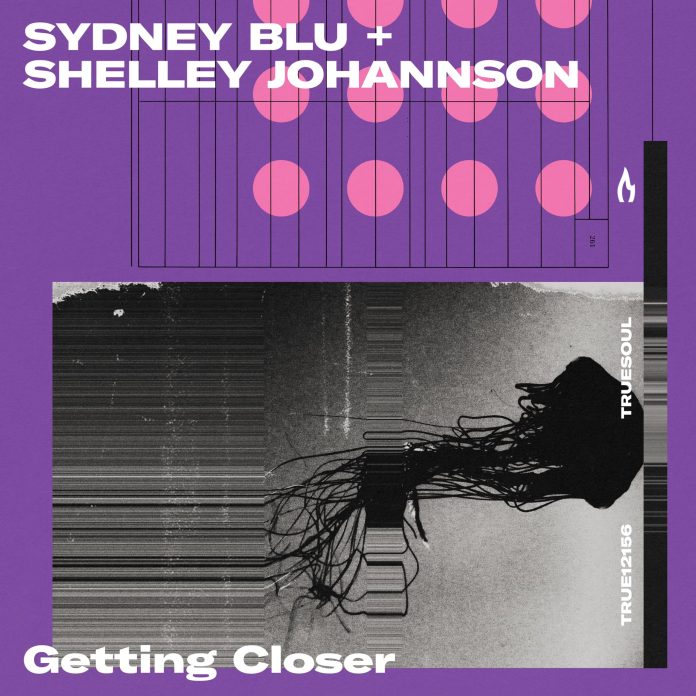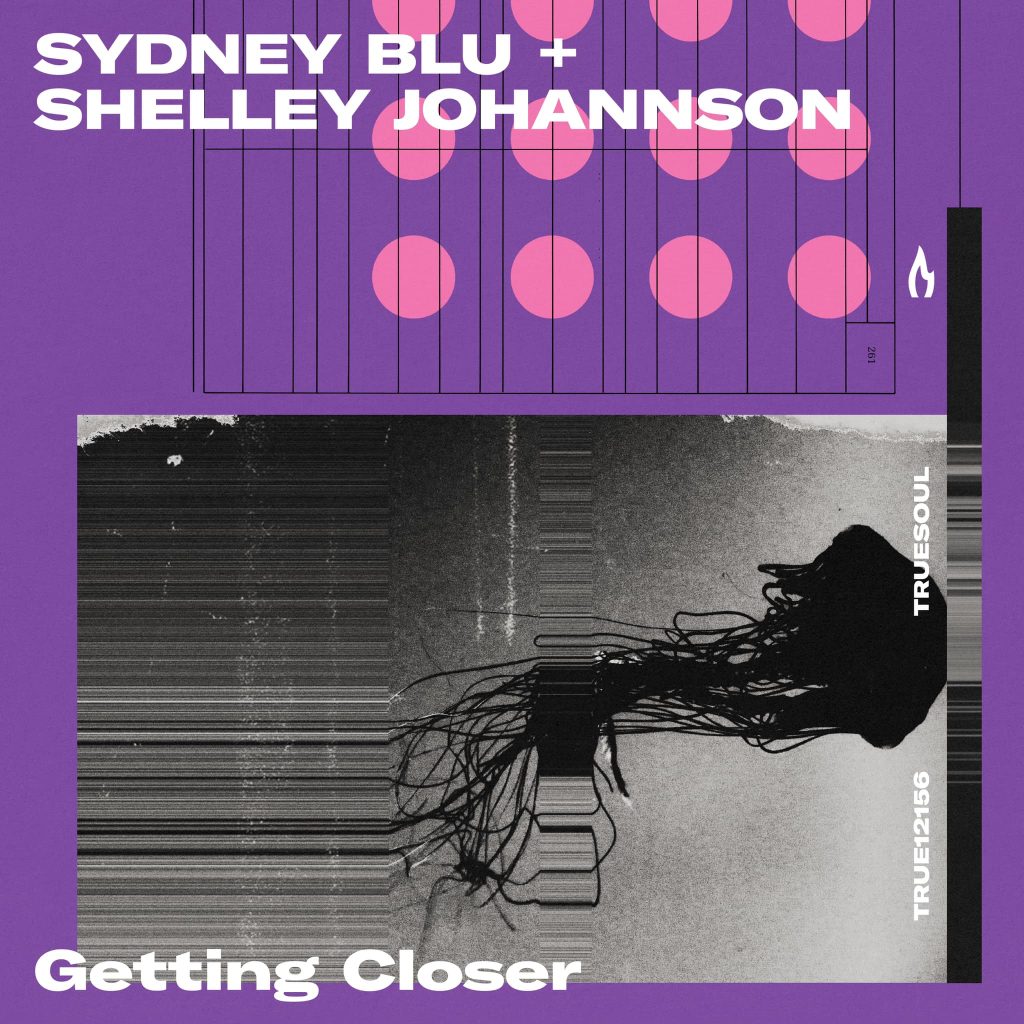
Recently, we sat down and chatted with Sydney Blu and Shelley Johannson about their latest collaboration ‘Getting Closer’ EP, which released on Truesoul. This is what they both had to say about their writing process and creation of each track:
Thematically, what was your approach going in? Did you have a vision for the tracks and how they should sound?
We crossed paths at Electric Island, a festival held on July 1, 2022 in Toronto. While we hung out listening to a great set from Joris Voorn, we had a conversation about the possibility of collaborating in the studio. It was evident to both of us that Truesoul would be the ideal label for our joint project, as it perfectly complemented the fusion of our respective sounds. Subsequently, we explored avenues for our collaboration, envisioning an EP that would maintain a techno influences while incorporating captivating melodic elements. We firmly believed this fusion would create the ultimate combination for our musical endeavor.
What was the writing process like – share details on work flow, division of labour.
SHELLEY: When we embarked on the creation of this EP, my primary focus was on establishing a strong foundation for each track. I wanted to ensure that both songs had ample room to evolve and breathe. Given that I had limited percussive elements to work with, it was crucial for each sound to stand out. To achieve this, I employed a technique of layering multiple white noise hits, toms, and random clicks from my DFAM synthesizer. This approach allowed me to fill the frequency spectrum, resulting in a richer and more robust sonic experience.
SYDNEY: I am a melody writer, I love working with drums and building on them. Additionally, I thoroughly enjoy the process of track arrangement in Ableton Live. In our collaboration, Shelley provided me with her stems and foundational drum tracks, allowing me to delve into the arrangement process and ignite the creative spark for melodies. Moreover, I took the opportunity to write sub basslines and experiment with various vocal sounds and chops for both records.
For the track ‘Drive me Crazy,’ I had an interesting idea. I decided to take a vocal chop and layer the plugin ‘Tantra‘ over the entire vocal section. This approach intentionally obscured the vocal, making it difficult to comprehend for the majority of the record. However, during the final significant break, we removed the Tantra effect, resulting in a clearer and more prominent vocal presence. In a similar vein, I employed the same technique for ‘Getting Closer,’ where I sought out a selection of random opera vocal sounds. By applying the Tantra plugin to these vocals, I was able to transform them into entirely new and captivating elements within the composition.
Were you doing the collab remotely or in person? If in person, whose studio did you go to?
Throughout the entire writing process, we engaged in a collaborative back-and-forth approach, passing the project seamlessly between us. The majority of the work was done in Ableton Live, and later, we transferred the projects to Protools for the mixing phase.
It’s truly remarkable how today’s technology enables us to effortlessly exchange Ableton projects via platforms like Dropbox. Additionally, we utilized Zoom sessions to work together in real-time, despite not physically being in the same studio. This allowed us to maintain a cohesive creative flow and effectively collaborate from different locations.
Once we reached a point where both songs felt complete in our eyes, we sought the expertise of Daniel Dubb, an exceptional mastering engineer who owns a remarkable surround sound studio. Entrusting him with our projects, he skilfully enhanced the tracks with his impeccable mixing abilities. We rendered the tracks to stems and seamlessly integrated them into Protools for the final mixing and mastering process. Daniel’s expertise elevated the songs, making them sound truly incredible and polished.
What were the key bits of studio gear you used?
SHELLEY: Processing, which played a vital role in unifying these diverse sounds, especially since they originated from different sources such as analog gear, synths, and sample packs. To accomplish this, I routed everything to a bus and utilized several essential plugins. For enhancing the grittiness and boosting the dirt range (2k-6k), I employed Decimort from D16, which also proved valuable for automating gritty textures during breakdowns. Additionally, I applied a touch of light reverb (specifically Outer Space from Audiothing) to create a cohesive sonic space. Lastly, I integrated GClip, a user-friendly wave shaping clipper that aggressively cuts peaks, allowing for more headroom. And, of course, gentle EQing was applied as well.
SYDNEY: Throughout the production process, we incorporated a selection of my preferred plug-ins, each serving a specific purpose. Notably, I relied heavily on Kontakt by Native Instruments, as well as two vocal pad plug-ins, Pharlight and Straylight, which can be heard in both tracks. Additionally, Massive X, another Native Instruments plug-in, was utilized for creating impactful stabs. When it comes to lead synth, my go-to choices were U-he DIVA and U-he Repro-1, providing a versatile range for crafting captivating melodies and basslines respectively.
For sidechain compression, I consistently turn to Shaperbox by The Cableguys. This powerful tool not only facilitates sidechain processing but also enables sound remixing, offering a dynamic approach to sculpting sounds and achieving intricate rhythmic effects. In addition, the JUNO analogsynth played a crucial role in shaping the sub bass, while Spectrasonics Omnisphere contributed to the creation of various high-frequency elements. To add punch and character to the kick, I employed the 1176 compressor.
However, the standout plug-in that became a personal favorite is Tantra. This versatile tool allowed me to transform samples into entirely new and exciting sounds, adding a layer of creativity and enjoyment to the production process.
The Adam Beyer co-signed EP is available in all streaming platforms.






![[INTERVIEW] ALLKNIGHT Talks Songwriting, Rick Astley, Touring, And More](https://www.edmtunes.com/wp-content/uploads/2024/10/230608000000020002-copia-218x150.jpg)
